


| MOQ: | 1 m3 |
| Price: | US $8/m3 |
| Standard Packaging: | Cylinder/Tank |
| Delivery Period: | 15 days |
| Payment Method: | L/C, T/T |
| Supply Capacity: | 20000 Tons/Year |
Carbon monoxide (CO) is a colorless, odorless, and tasteless gas. It consists of one carbon atom bonded to one oxygen atom and is represented by the chemical formula CO. Carbon monoxide is formed through the incomplete combustion of carbon-containing materials such as natural gas, gasoline, coal, wood, and oil.
Sources of carbon monoxide can include vehicle exhaust, faulty heating systems, poorly ventilated stoves or fireplaces, generators, and tobacco smoke. When these substances burn, carbon monoxide is released into the air. It is highly toxic and can be dangerous to human and animal health.
When carbon monoxide is inhaled, it enters the bloodstream and binds to hemoglobin, the molecule responsible for transporting oxygen in our bodies. This binding reduces the amount of oxygen that can be carried, leading to oxygen deprivation in vital organs and tissues. Carbon monoxide poisoning can result in symptoms such as headaches, dizziness, nausea, confusion, weakness, and in severe cases, it can cause loss of consciousness, organ damage, or even death.
It is crucial to have working carbon monoxide detectors in homes and buildings, especially near sleeping areas, as they can provide an early warning in case of a carbon monoxide leak. If a carbon monoxide alarm goes off or if you suspect carbon monoxide poisoning, it is important to evacuate the area immediately, seek fresh air, and call emergency services.
To prevent carbon monoxide poisoning, it is essential to ensure proper ventilation in enclosed spaces, maintain and regularly inspect fuel-burning appliances, and never use devices such as generators, grills, or stoves indoors. It is also important to have heating systems, chimneys, and flues checked by professionals to ensure they are in good working condition.
If you suspect a carbon monoxide leak or have further concerns, it is recommended to contact your local fire department or a qualified professional for assistance.
![]()
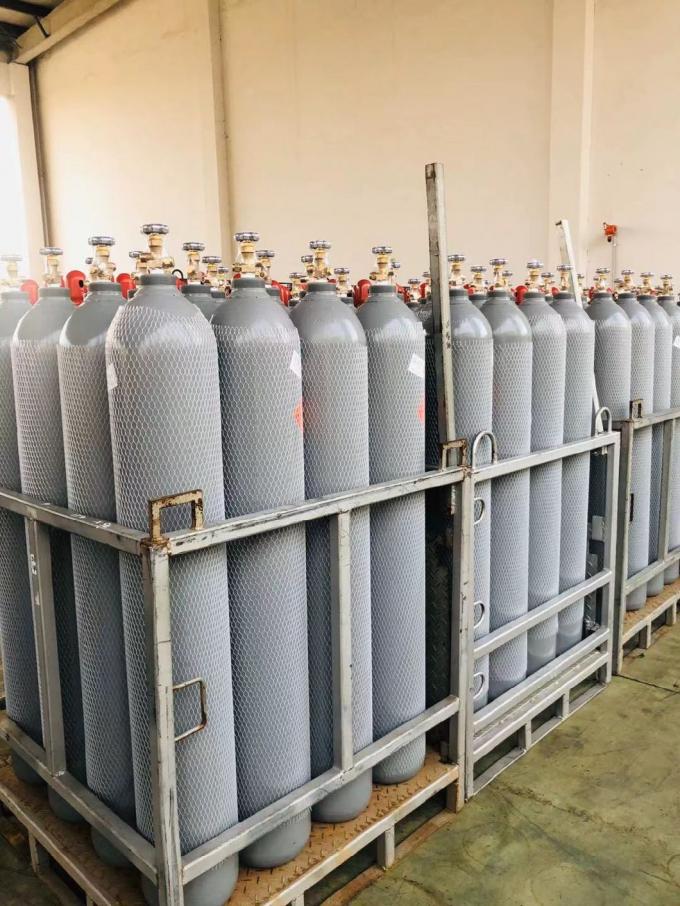
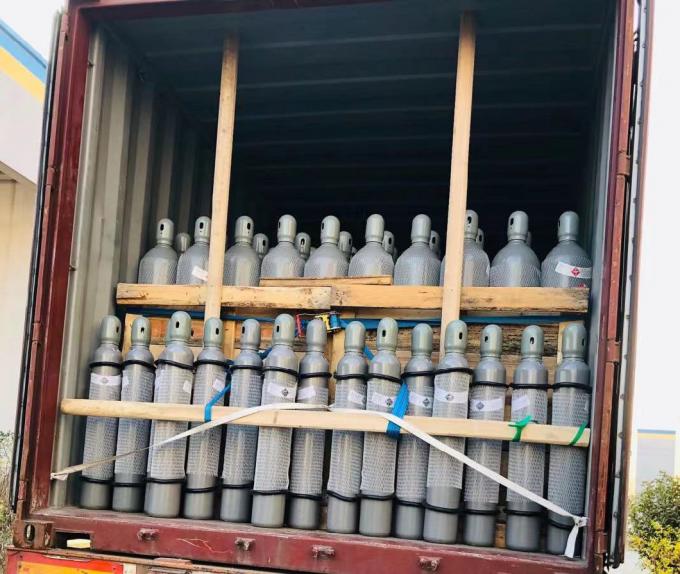
Specification:
CAS No.: 630-08-0
EINECS No.: 211-128-3
UN No.: UN1016
Purity: 99.9%-99.999%
Dot Class: 2.1 & 2.3
Appearance: Colorless
Grade Standard: Industrial Grade
| CO - Carbon Monoxide | 99.9 % |
| H2 | ≤5 ppm |
| O2 | ≤50 ppm |
| N2 | ≤450 ppm |
| CO2 | ≤30 ppm |
| CH4 | ≤20 ppm |
| H20 | ≤5 ppm |
| Total Impurity | ≤1000 ppm |
|
Product |
Carbon Monoxide |
|
|
Package Size |
40Ltr Cylinder |
50Ltr Cylinder |
|
Filling Content/Cyl |
6 m3 |
10 m3 |
|
QTY Loaded in 20'Container |
250 Cyls |
250 Cyls |
|
Total Volume |
1500 m3 |
2500 m3 |
|
Cylinder Tare Weight |
50Kgs |
55Kgs |
|
Valve |
QF-30A /CGA 350 |
|
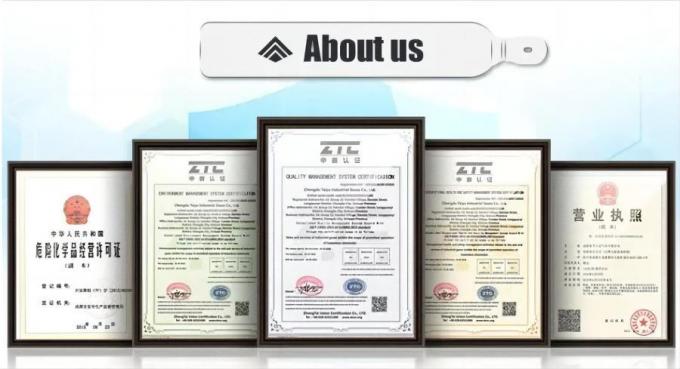
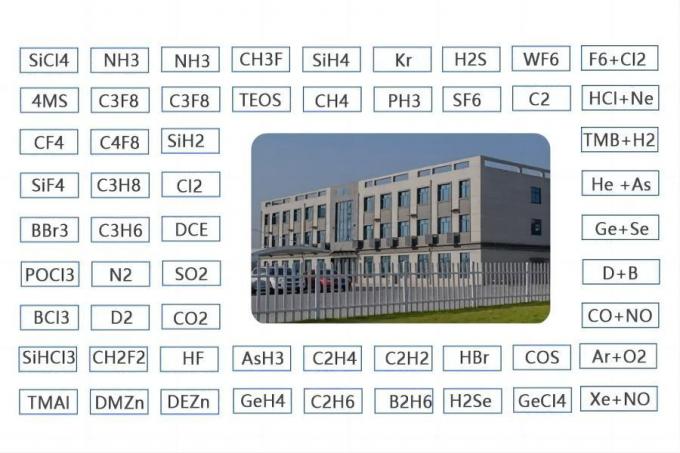
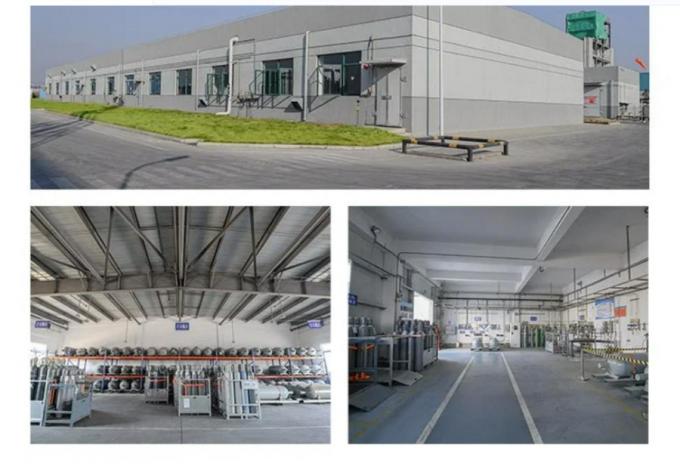

| MOQ: | 1 m3 |
| Price: | US $8/m3 |
| Standard Packaging: | Cylinder/Tank |
| Delivery Period: | 15 days |
| Payment Method: | L/C, T/T |
| Supply Capacity: | 20000 Tons/Year |
Carbon monoxide (CO) is a colorless, odorless, and tasteless gas. It consists of one carbon atom bonded to one oxygen atom and is represented by the chemical formula CO. Carbon monoxide is formed through the incomplete combustion of carbon-containing materials such as natural gas, gasoline, coal, wood, and oil.
Sources of carbon monoxide can include vehicle exhaust, faulty heating systems, poorly ventilated stoves or fireplaces, generators, and tobacco smoke. When these substances burn, carbon monoxide is released into the air. It is highly toxic and can be dangerous to human and animal health.
When carbon monoxide is inhaled, it enters the bloodstream and binds to hemoglobin, the molecule responsible for transporting oxygen in our bodies. This binding reduces the amount of oxygen that can be carried, leading to oxygen deprivation in vital organs and tissues. Carbon monoxide poisoning can result in symptoms such as headaches, dizziness, nausea, confusion, weakness, and in severe cases, it can cause loss of consciousness, organ damage, or even death.
It is crucial to have working carbon monoxide detectors in homes and buildings, especially near sleeping areas, as they can provide an early warning in case of a carbon monoxide leak. If a carbon monoxide alarm goes off or if you suspect carbon monoxide poisoning, it is important to evacuate the area immediately, seek fresh air, and call emergency services.
To prevent carbon monoxide poisoning, it is essential to ensure proper ventilation in enclosed spaces, maintain and regularly inspect fuel-burning appliances, and never use devices such as generators, grills, or stoves indoors. It is also important to have heating systems, chimneys, and flues checked by professionals to ensure they are in good working condition.
If you suspect a carbon monoxide leak or have further concerns, it is recommended to contact your local fire department or a qualified professional for assistance.
![]()


Specification:
CAS No.: 630-08-0
EINECS No.: 211-128-3
UN No.: UN1016
Purity: 99.9%-99.999%
Dot Class: 2.1 & 2.3
Appearance: Colorless
Grade Standard: Industrial Grade
| CO - Carbon Monoxide | 99.9 % |
| H2 | ≤5 ppm |
| O2 | ≤50 ppm |
| N2 | ≤450 ppm |
| CO2 | ≤30 ppm |
| CH4 | ≤20 ppm |
| H20 | ≤5 ppm |
| Total Impurity | ≤1000 ppm |
|
Product |
Carbon Monoxide |
|
|
Package Size |
40Ltr Cylinder |
50Ltr Cylinder |
|
Filling Content/Cyl |
6 m3 |
10 m3 |
|
QTY Loaded in 20'Container |
250 Cyls |
250 Cyls |
|
Total Volume |
1500 m3 |
2500 m3 |
|
Cylinder Tare Weight |
50Kgs |
55Kgs |
|
Valve |
QF-30A /CGA 350 |
|


